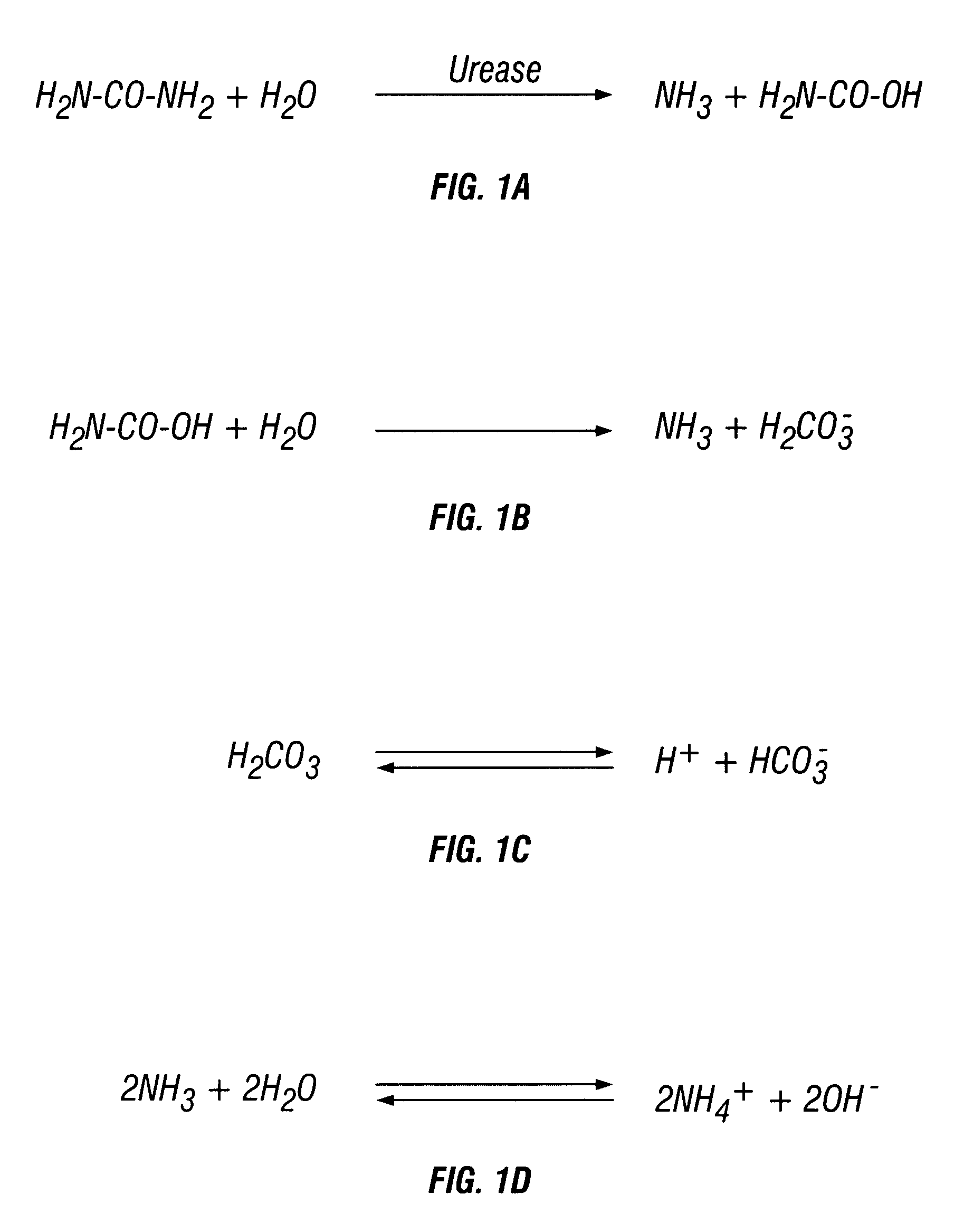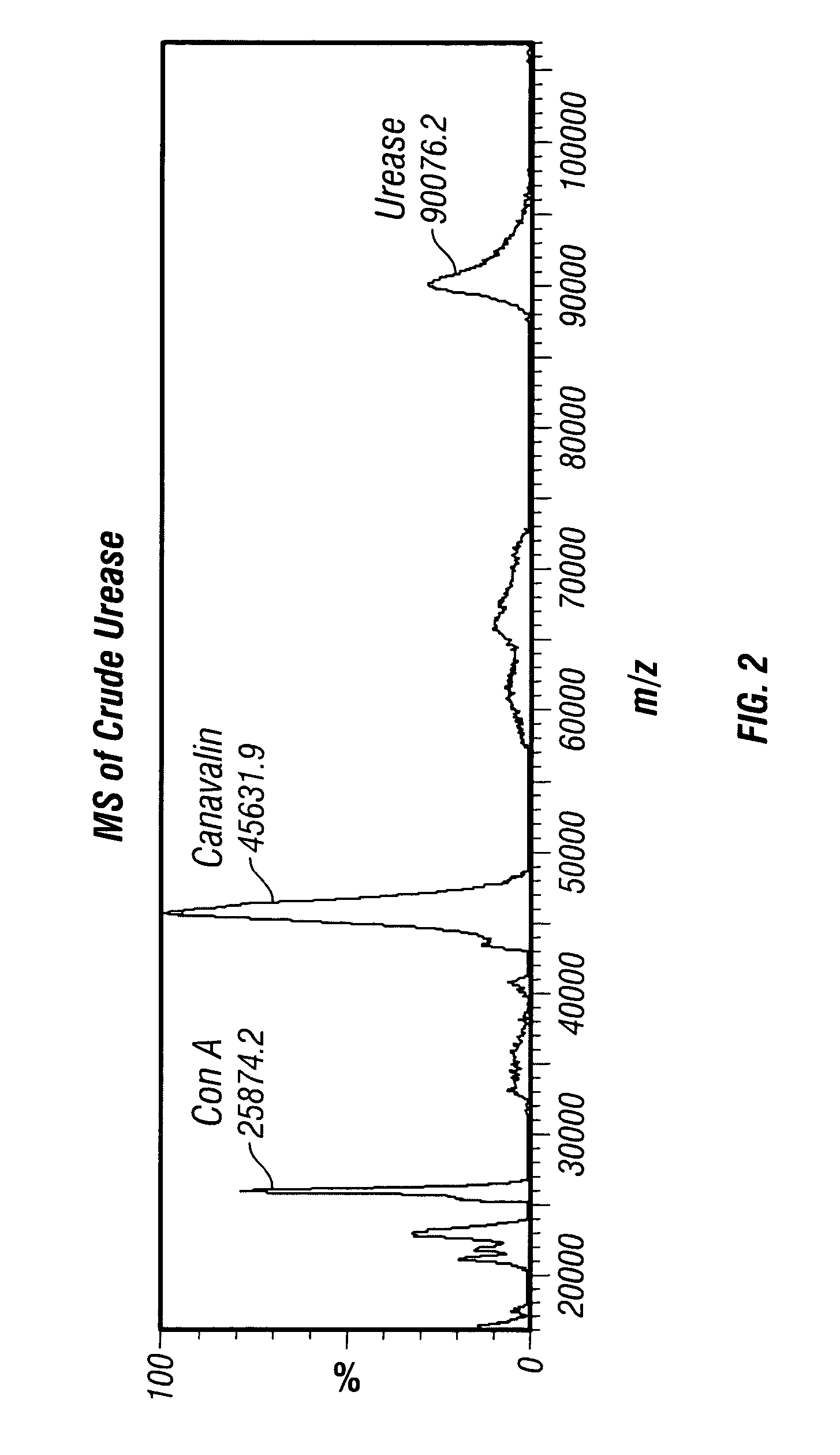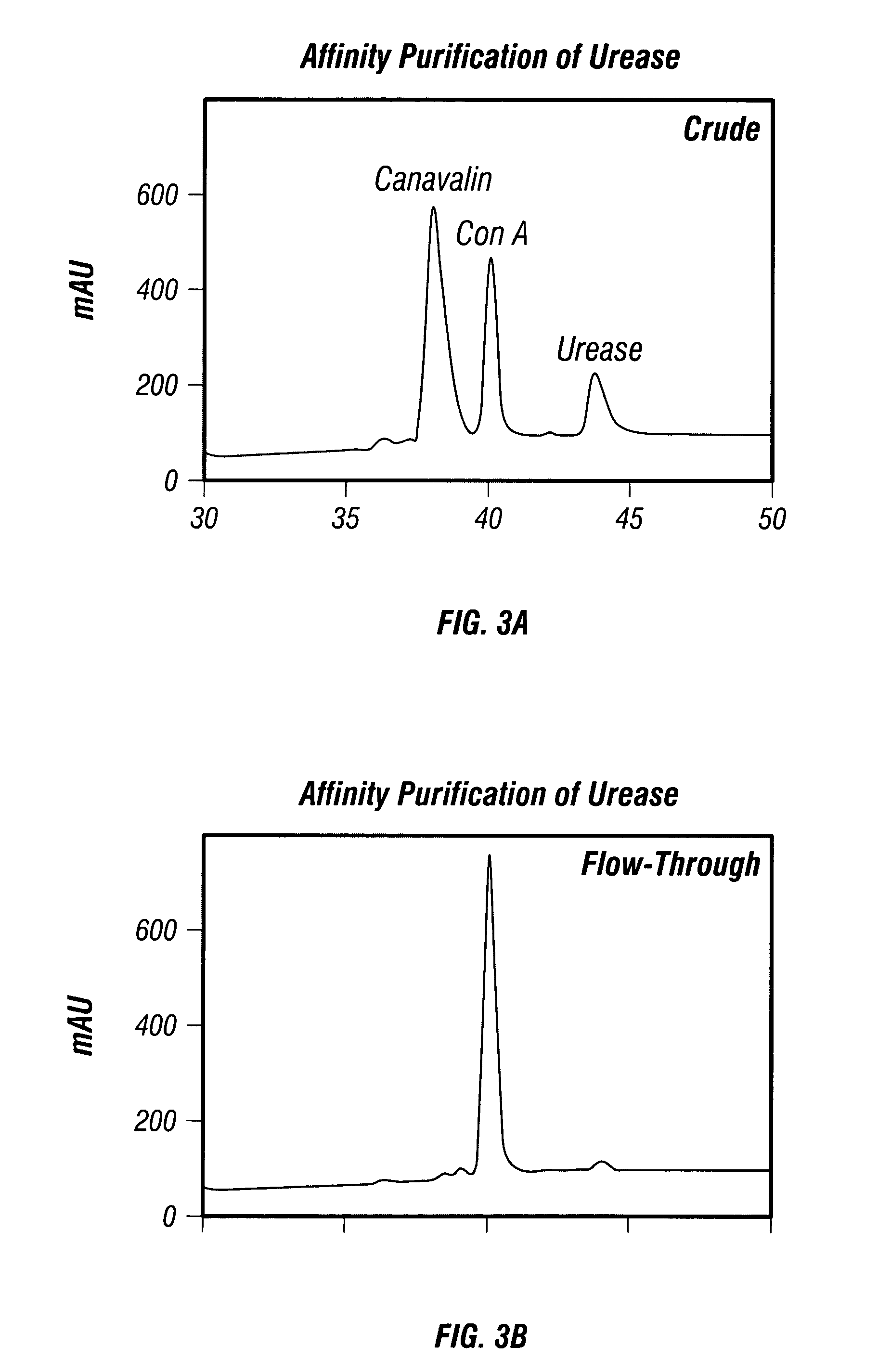Method and composition for inhibiting cancer cell growth
a cancer cell and growth inhibitor technology, applied in the field of anticancer therapeutic methods, can solve the problems of unpleasant to debilitating side effects of chemotherapy, and achieve the effect of reducing the intracellular/lower extracellular ph gradient, reducing or reversed the higher gradien
- Summary
- Abstract
- Description
- Claims
- Application Information
AI Technical Summary
Benefits of technology
Problems solved by technology
Method used
Image
Examples
example 1
A. Example 1
[0304]A1. Peptide Synthesis
[0305]Peptides were prepared by solid-phase synthesis methodology using conventional N-t-butyloxycarbonyl (t-Boc) chemistry. Peptides were cleaved from the resin by reaction with hydrogen fluoride (20 ml / g resin) containing 10% anisole and 2% 1,2-ethanedithiol for 1.5 h at 4° C. Crude peptides were washed with cold ether, and extracted from the resin with glacial acetic acid and freeze-dried. Synthetic peptide was purified by reversed-phase HPLC on a Zorbax semi-preparative C-8 column (250×10 mm I.D., 6.5-μm particle size, 300-Å pore size) with a linear AB gradient (ranging from 0.2 to 1.0% B / min) at a flow rate of 2 ml / min, where solvent A is aqueous 0.05% trifluoroacetic acid (TFA) and solvent B is 0.05% TFA in acetonitrile. Homogeneity of the purified peptides was verified by analytical reversed phased-HPLC, amino acid analysis and MALDI mass spectrometry.
[0306]A2. Affinity Purification of Urease
[0307]The affinity column was prepared by reac...
example 2
B. Example 2
Preparation of the Urease-Coil Conjugate
[0309]Urease coil conjugate was prepared by dissolving 10 mg of Jack bean Urease in 300 ul of 2 mM phosphate buffer pH 7.2. Then 5 mg of the bifunctional cross-linker Sulfo-MBS was added to the solution and the mixture was slowly stirred for one hour at room temperature. The mixture was then dialyzed against 2 mM phosphate buffer at pH 7.2 to remove excess linker.
[0310]K-coil or E-coil with a C-terminal cys linker (1.5 mg) was added to the linker-modified urease solution and slowly mixed for 3 hours at room temperature. The coil urease conjugate was dialyzed against fresh 2 mM phosphate buffer at pH 7.2 overnight to remove unconjugated coil peptide. Dialyzed urease conjugate was lyophilized, then dissolved in 1 mL of 2 mM phosphate buffer pH 7.2 and applied to sephadex G75 column for further purification. The void volume fractions, which contained the coil urease conjugate, were pooled, freeze-dried and stored at 4° C.
[0311]The pur...
example 3
C. Example 3
Activity Assay of Urease and Urease Conjugate
[0312]The enzymatic activity of urease or urease conjugate was carried out in a coupled enzyme reaction with glutamate dehydrogenase (GLDH). The amount of NADH oxidized was determined by measuring the change in absorbance at 340 nm (Kaltwasser, H. and Schlegel, H. G., Anal. Biochem., 16, 132, 1966). The reagents used were: 0.10 M Potassium phosphate buffer, pH 7.6; 1.80 M Urea prepared in phosphate buffer; 0.025 M Adenosine-5′-diphosphate (ADP) (10.7 mg / ml) in buffer; 0.008 M NADH (5 mg / ml) in phosphate buffer; 0.025 M α-Ketoglutarate (3.7 mg / ml) in phosphate buffer; Glutamate dehydrogenase (GLDH) solution, free from ammonium ions; 50 U / ml phosphate buffer prepared fresh prior to assay. Urease solution was prepared by dissolving in phosphate buffer to yield a concentration of 0.1–0.5 U / ml. This solution was prepared fresh prior to assay.
[0313]Assay was initiated by adding the following 2.0 mL of Phosphate buffer 2.40 ml, 0.10 ...
PUM
| Property | Measurement | Unit |
|---|---|---|
| Mass | aaaaa | aaaaa |
| Mass | aaaaa | aaaaa |
| Time | aaaaa | aaaaa |
Abstract
Description
Claims
Application Information
 Login to View More
Login to View More - R&D
- Intellectual Property
- Life Sciences
- Materials
- Tech Scout
- Unparalleled Data Quality
- Higher Quality Content
- 60% Fewer Hallucinations
Browse by: Latest US Patents, China's latest patents, Technical Efficacy Thesaurus, Application Domain, Technology Topic, Popular Technical Reports.
© 2025 PatSnap. All rights reserved.Legal|Privacy policy|Modern Slavery Act Transparency Statement|Sitemap|About US| Contact US: help@patsnap.com



